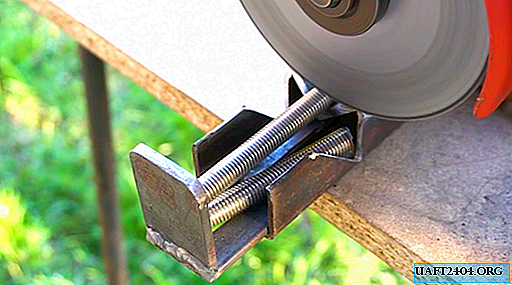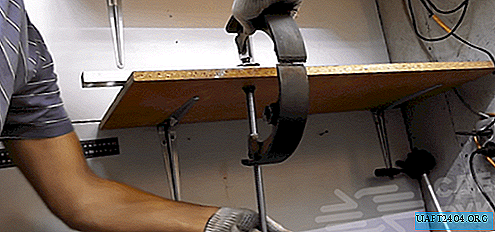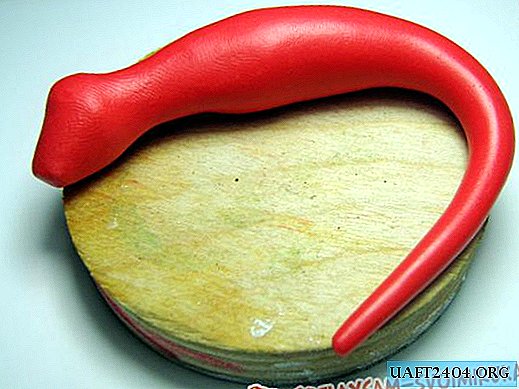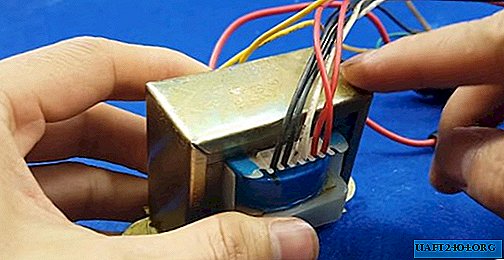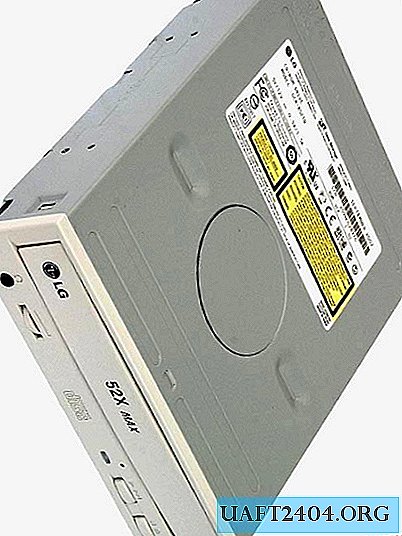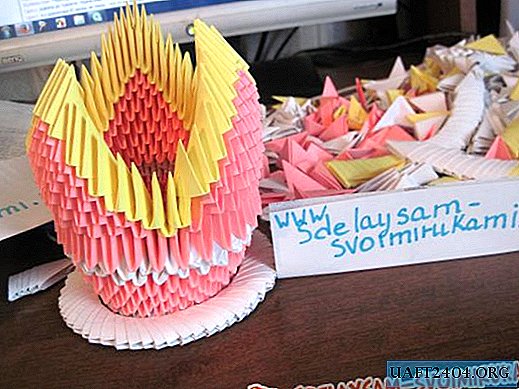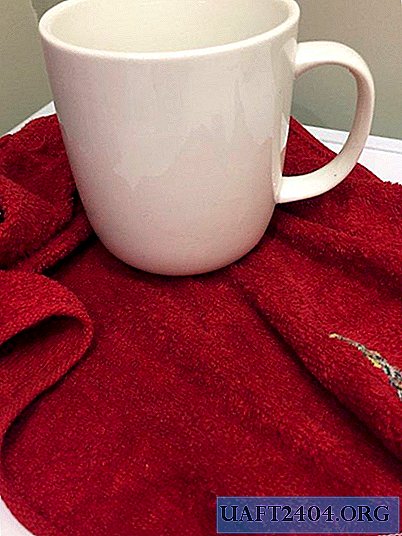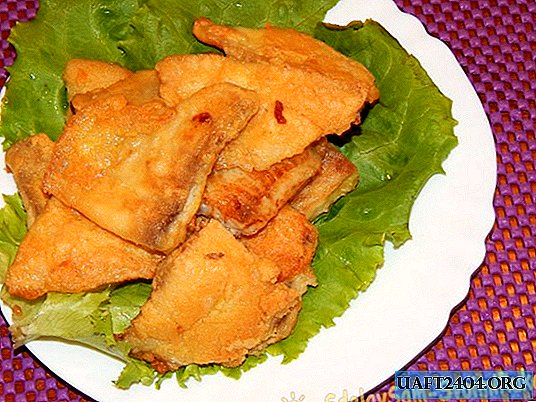Share
Pin
Tweet
Send
Share
Send
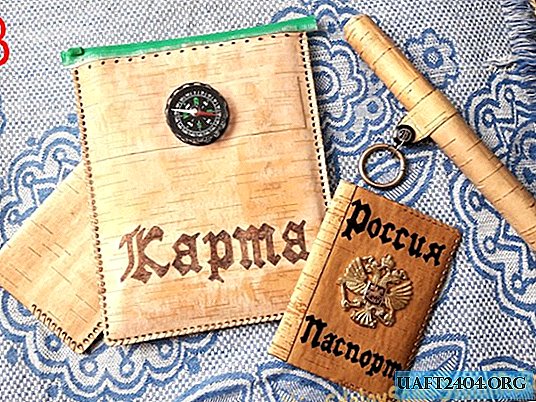
With modern technology and a variety of miniature information carriers, however, sometimes we have to use ordinary paper documents. For transporting and storing such documents, there are many different folders, files, envelopes and similar products. Despite the abundance, all this is gray and boring. I propose to change this monotony and grayness for a more exotic look! A folder, cover for a passport or any other document can be made from a very peculiar, practical and reliable material, such as a birch bark. There is nothing easier than to cut a piece of bark from a birch, having gone to have a rest on the nature.

But you need to do this with minimal losses and sad consequences for the tree! Namely: it is not necessary to make deep cuts on the bark of the tree, up to the wood itself. Moreover, the lowest layer in front of the wood, as a rule, is the most rigid and unstable for working with it. We need the middle layers of birch bark. To do this, we make shallow cuts on the tree with a clerical knife of the size of the piece that we need and carefully, with the tip of the knife, bend the upper and middle layers from the trunk.

They easily lag behind and if you carefully pull the bent part, we can easily remove the required piece of material, causing the tree a minimum of damage.

The bark does not need to be dried, due to the high content of tar, it does not wrinkle and does not deform when the finished product dries. If you start work not on the same day, but say, after a while, you can grease the bark with glycerin so that it regains elasticity, like freshly cut.
Tools and fixtures
To produce a cover for a passport, you will need such materials and tools:
- Stationery knife.
- Cautery on wood.
- Scissors.
- Thick, transparent polyethylene.
- Birch bark.
- Pencil and pen.
- Second glue
- Ruler.
- Glycerol.
Making cover from birch bark
First you need to exfoliate the bark. To do this, with a clerical knife, we bend the layer we need from the rest of the bark (the thinner the layer you can remove, the easier the further work will go) and carefully and slowly peeling off the selected layer.

After that, we attach our document (in my case, a passport) in expanded form to the sheet of the selected birch bark and circle it with a pencil.

Now we take the scissors and cut out on a circled contour, but with a margin of three millimeters more. Next, we fold the workpiece in half, put the passport into it and level it with scissors, bringing it to symmetry. Do not forget about the reserve fields!

After that, we take out the document from the workpiece and remove it to the side. Cut out from the dense polyethylene internal (preferably transparent) margins for the cover. To do this, we put 5 cm polyethylene inside the preform and circle the handle.

Cut the resulting fields. Repeat the same procedure with the second side. We apply the cut polyethylene to the inner side of the workpiece and live second glue.

Only we live the very edges so that the glue does not fall between birch bark and polyethylene. Now we take a ruler and put marks every five mm. along the edge of birch bark where polyethylene is adjacent to it. Next, we make holes on the marks with a burner.

We put this blank aside to make a tourniquet for fastening birch bark and polyethylene. To do this, according to the ruler, cut off a thin (in the width of the burnt holes!) Tourniquet with a knife, peel it off to obtain a kind of thin ribbon and saturate it with glycerin for elasticity.

Now we pass this flagellum into the burnt holes.

We hide the ends of the tourniquet in the holes and fix with second glue. The main work is completed. If you wish, you can burn out or draw a marker on the cover of a picture.

Or stick with a double tape some logo, like mine, for example. After the final completion of all works (including art), wipe the resulting product with glycerin. Using the same technology, you can make a bag-case for your phone, or a folder for papers of different formats, only for making a folder you will need another plastic bag with a lock and a double adhesive tape to fix it inside the folder. Also, again, with the help of double adhesive tape, you can decorate glass glasses, straight vases, knives and more.

This durable and practical material will last you for many years.
Share
Pin
Tweet
Send
Share
Send


